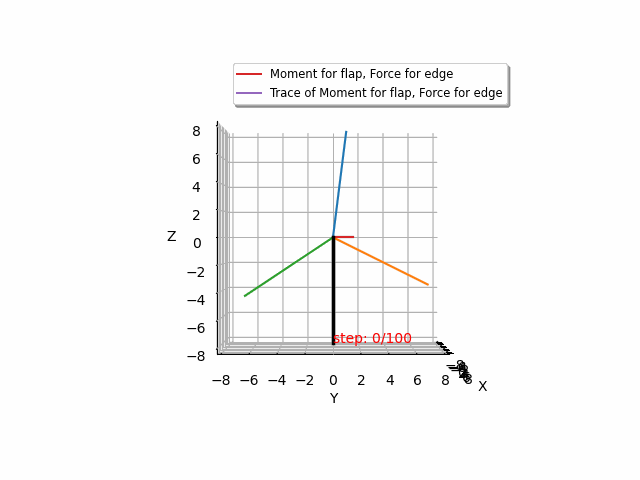Welcome!
Welcome to our website. Here you can find more information on what we do, who we are, the training possibilities we provide, some background information on wind turbine aeroelasticity and links to reading material. JEHO B.V. is a small company specialised in wind turbine aeroelasticity. We have many years of experience in this complex field and are asked for our unique expert support by companies from all over the world.
We hope you will find what you are looking for, otherwise please do not hesitate to contact us!
Latest updates of this website:
Missed the webinar? You can contact us and receive the slides (see bold text top middle column…)
Added the announcement of our free webinar on this page.
The minilecture on whirling modes has been updated.
A 3-page flyer has been added to the leaflets section and as a flip book to the training options section.
The training schedule for 2024 has been added to the site.
The tools section has been extended, to include a description of the new possibilities with out WAF1C tool: https://jeho.nl/nieuw/index.php/tools/

We gave a webinar on March 25th, would you like to receive the slides of the webinar? Please contact us, send us an e-mail and we will send you these slides (and not use your e-mail for anything else).


Old wind turbines did not suffer from aeroelastic issues, but during the design of multi MW turbines, one will always need to ensure that the turbine is aeroelastically stable during all circumstances that it will go through, or that the vibrations do not grow beyond its allowed limits.

.

The large, flexible blades result in very complicated interactions between deformations in different directions. Mode shapes on large wind turbines are much more complicated than we saw on smaller size turbines. Torsion has become very relevant. The modes that are usually most likely to cause aeroelastic stability issues are the first and the second edgewise mode, but the shape of the mode has become significantly complicated, with torsion and flapwise motions playing an important role. These deformations can also occur at different phases compared to the dominating edgewise motion and the phase angles differ for different wind speeds and average deformations. All in all, wind turbine aeroelasticity has become a highly complex field of expertise, but understanding the interactions and finding the cause of increased vibrations, will be vital to be able to design a reliable wind turbine.

